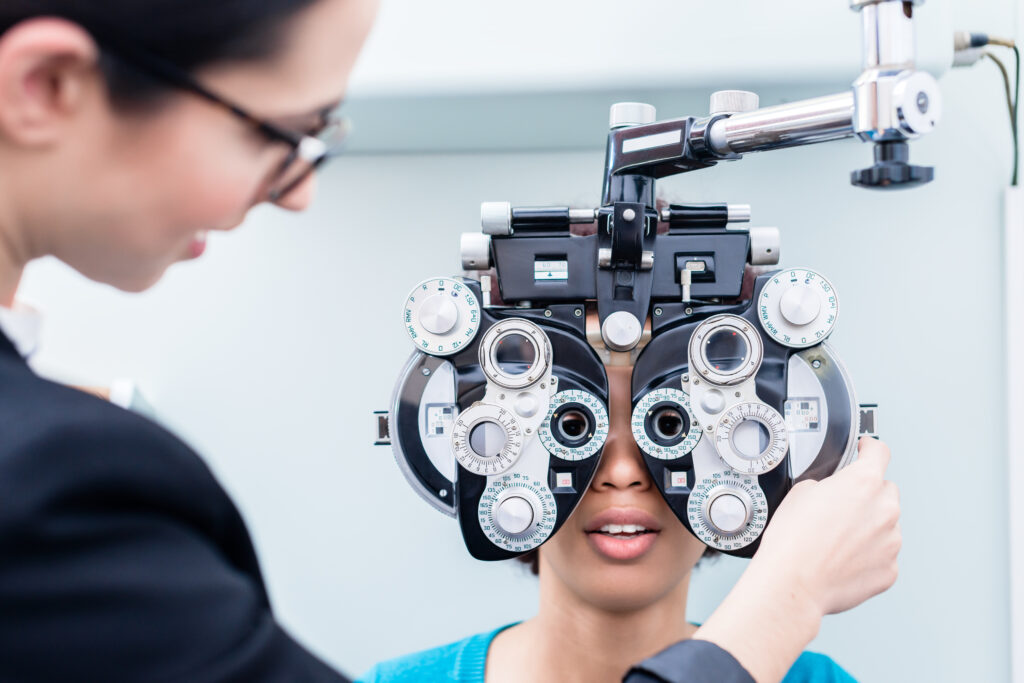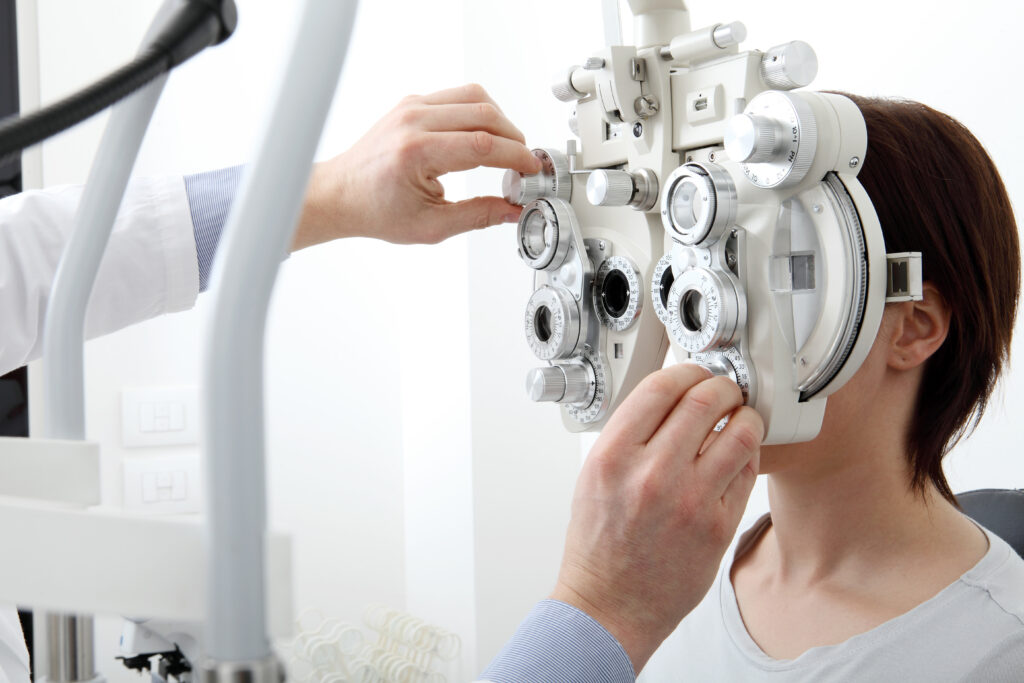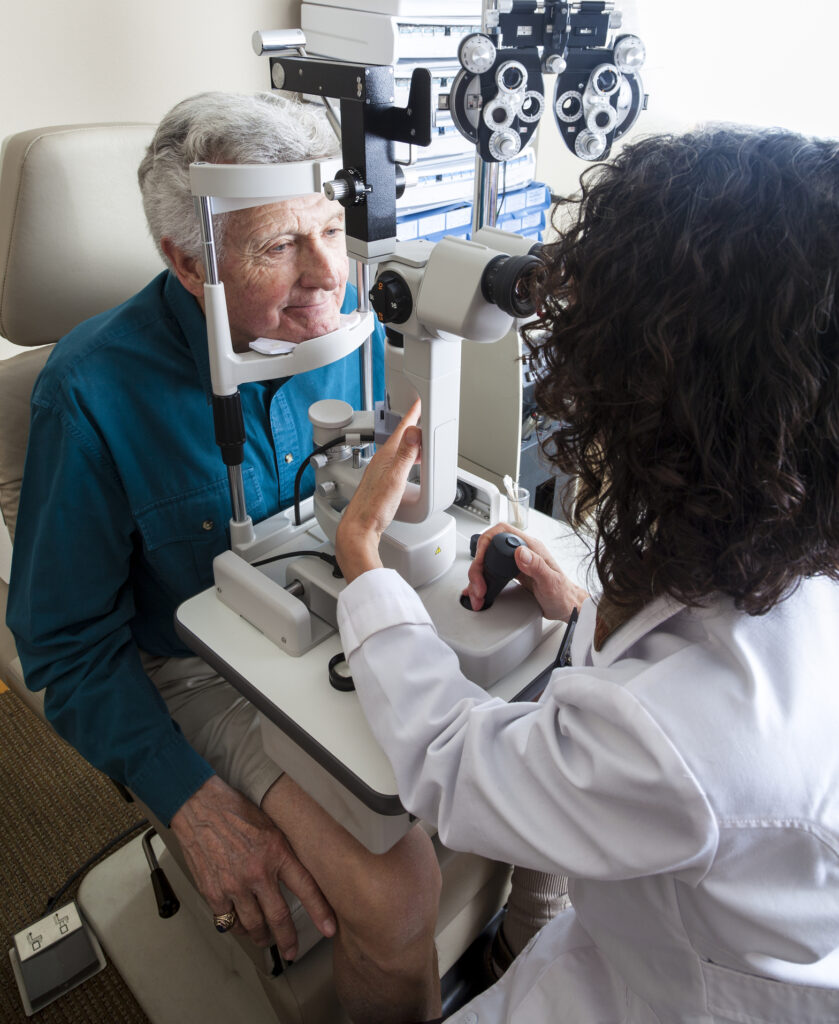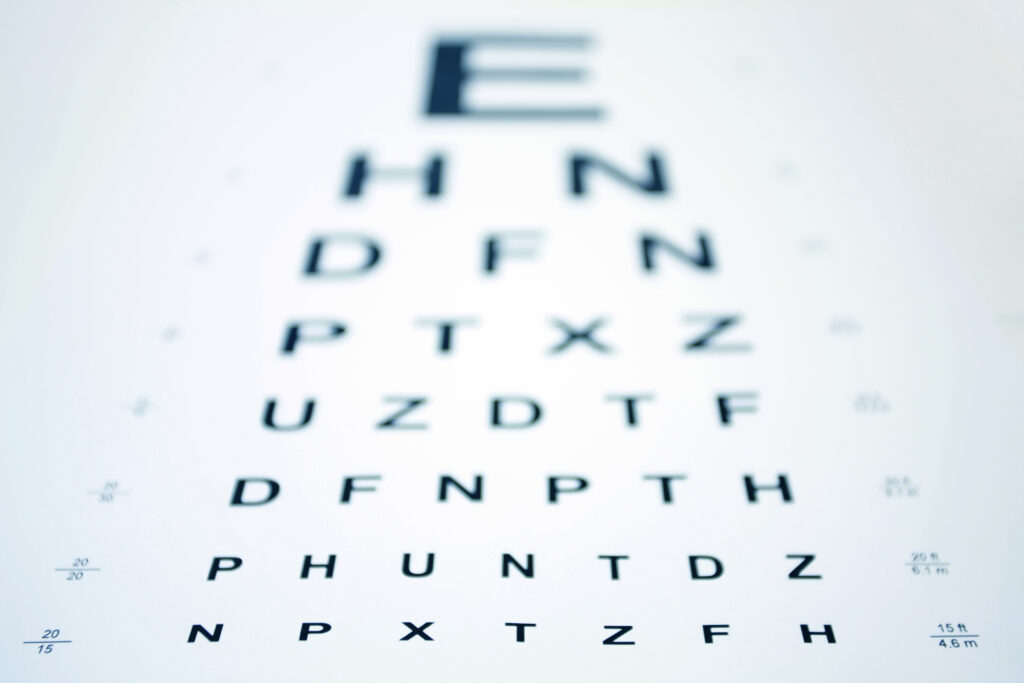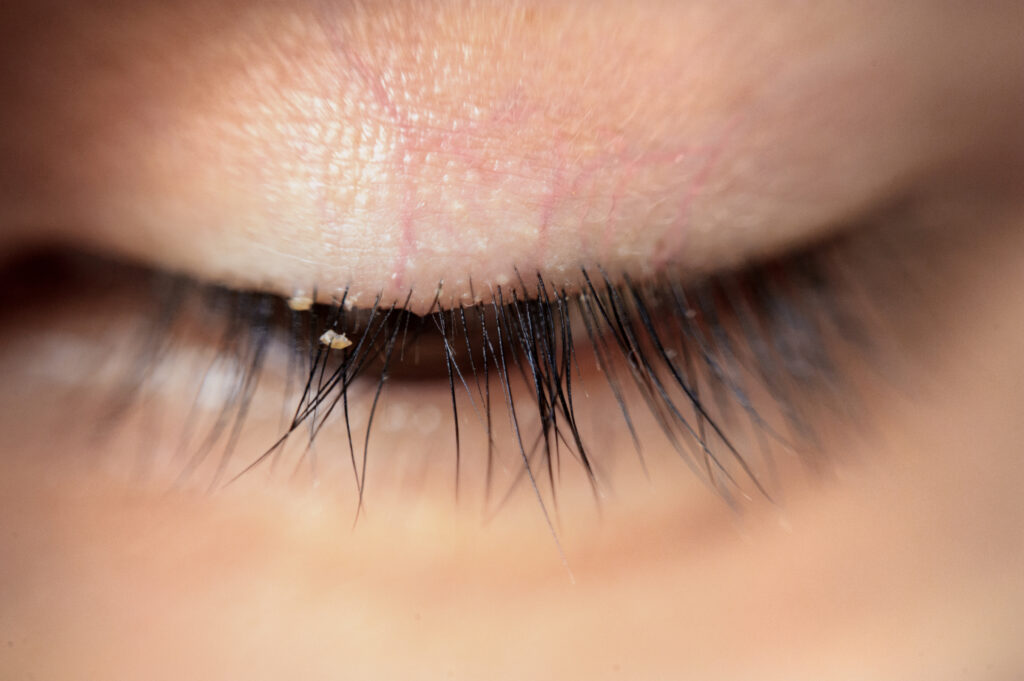Things I Learned on My Optometry Rotation (that I didn’t learn in school)
Things that I learned on my optometry school rotations (that I didn’t learn in school) The journey from third-year student, to fourth-year intern, to graduated optometrist is full of ups and downs. As much as I learned in school (and it was a lot), there are some things I only experienced once I got into […]
Things I Learned on My Optometry Rotation (that I didn’t learn in school) Read More »

